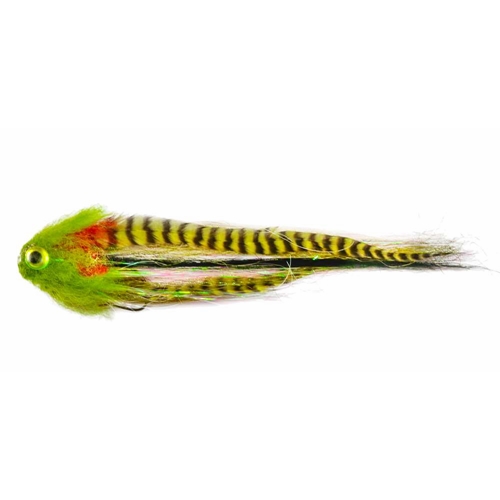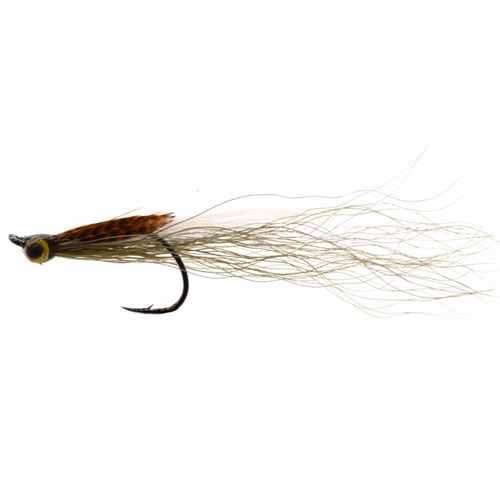In the evolution of fly fishing tackle, the first half of the 19th century was notable for the emergence of the winged wet fly emerged. The period also marked the first stage in the evolution of the fully-dressed salmon fly. Like other endeavours, such as in science and industry, this was also a period for experimentation. Rod designs were being improved, plaited silk lines came into production, and silkworm gut began to be widely used.
Early in the 1800s, rods differed very little from from their predecessors. The best ones were made from ash, hickory and lancewood (or Calcutta bamboo if good quality lancewood wasn’t available). These materials had been the mainstay of rod building for two centuries – lancewood and bamboo excepted – and held pole position for another 30 years. Jointed rods were just as liable as ever to snap, and some people put a great deal of ingenuity into solving the problem. For instance, a variety of joints were in use by the 19th century: a female brass socket took a wood male end, and brass female sockets accepted brass-coated male ends. Screw joints were also being made at the time.
The quest for the Holy Grail of joints was to continue until it finally became possible to manufacture strong thin-walled suction joints. Good, reliable fly fishing tackle depended on the many enthusiasts who worked as tirelessly as the scientists obsessed with splitting the atom to bring about nothing less than a revolution in the sport of fly fishing.


















